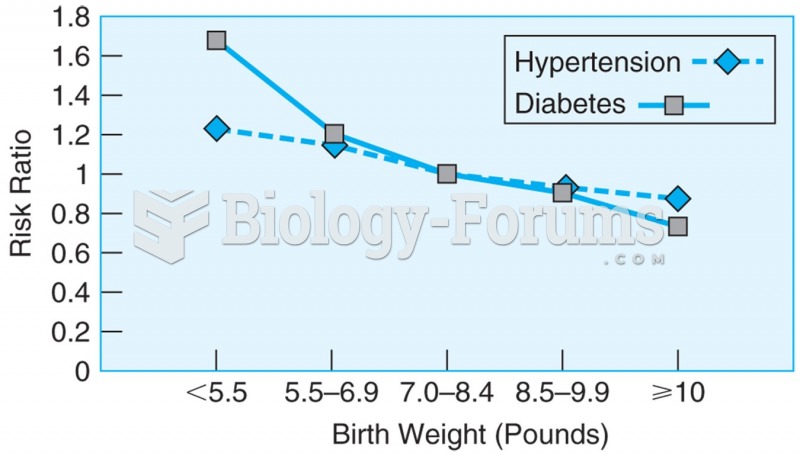Answer to Question 1
ANS: D
The well-prepared researcher scrutinizes, criticizes, and analyzes before even accepting that it has been written by the subject of research.
This is not the process used, although experts in the field may be one source of information used by the researcher to make the decision. During data analysis, the qualitative researcher attaches meaning to elements of the data; classification of things, persons, events, and properties are initiated. Regularities are noted.
Identifying where the data were found may be important to an overall understanding of their source, but would only be one piece of information used. During data analysis, the qualitative researcher attaches meaning to elements of the data; classification of things, persons, events, and properties are initiated. Regularities are noted.
This may be something the researcher ultimately does with the data, but it is not the method of determining a primary source. During data analysis, the qualitative researcher attaches meaning to elements of the data; classification of things, persons, events, and properties are initiated. Regularities are noted.
Answer to Question 2
ANS: B
External criticism is used to determine the validity of source material. The researcher needs to know where, when, why, and by whom a document was written. This may involve verifying the handwriting or determining the age of the paper on which it was written.
The document itself would be the data. External criticism is used to determine the validity of source material. The researcher needs to know where, when, why, and by whom a document was written. This may involve verifying the handwriting or determining the age of the paper on which it was written.
Internal criticism is an examination of the reliability of the document. External criticism is used to determine the validity of source material. The researcher needs to know where, when, why, and by whom a document was written. This may involve verifying the handwriting or determining the age of the paper on which it was written.
The age of paper will probably not be a good guide to the cultural influences, although it may give a small insight into the era. External criticism is used to determine the validity of source material. The researcher needs to know where, when, why, and by whom a document was written. This may involve verifying the handwriting or determining the age of the paper on which it was written.







